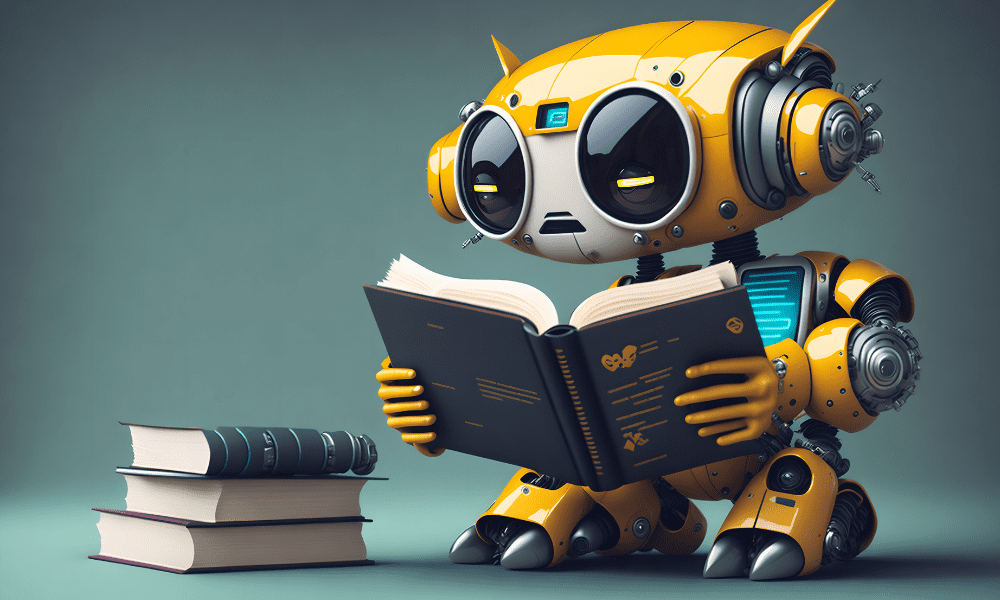Generative AI, also known as artificial intelligence encompasses technology that possesses the ability to be ‘trained’ to tackle inquiries through text or other outputs. Following the introduction of ChatGPT, a popular generative AI tool developed by Microsoft-backed OpenAI, generative AI’s impact on the workplace has become a buzzworthy topic in the corporate landscape. KPMG’s recent survey ascertained insights from C-suite leaders on increasing productivity with generative AI.
The profound implications of generative AI on business operations and the workforce is growing tremendously. KPMG believes that the result betones generative AI’s impact on the workplace in fostering creativity, progress and organizational success –reshaping workplace efficiency.
Some of the key takeaways from the survey include but are not limited to:
- 72 percent of respondents said that generative AI can enhance productivity in the workplace.
- 76 percent recognized that software-related jobs such as IT is probable to witness a positive impact and wide-scale adoption of generative AI in their businesses.
- 62 percent of participants believed that AI could encourage innovation to guide the development of novel products and services.
- 47 percent of the respondents expect a decrease in job security with generative AI’s impact on the workplace while 41 percent cited concerns about reduced overall development opportunities.
Reshaping Employee Efficiency With Generative AI’s Impact On Workplace
KPMG’s human capital advisor Felicia Lyon believes that strategic tasks were to benefit the most in reshaping workplace efficiency with generative AI as employees would find more time to focus if tactical tasks were automated.
“Instead of financial analysts spending 80 percent of their time running reports, they can be freed up to help businesses make better-informed decisions.”
The recent study also found that increasing productivity with generative AI would require upskilling existing employees and also acquiring new talent, as revealed by 66 percent. Most believe that more than a quarter of US executives have not jotted down a sound strategy for integrating their workforce with the capabilities of generative AI.

Image Courtesy – Freepik.
As per Lyon, generative AI will reshape workplace efficiency by offering novel business models and avenues for innovation and growth. But there’s a catch – they require proactive engagement from the existing workforce to adopt AI and transition from competition to essential requirements.
Boosting Productivity With AI: Insights From C-Suite Leaders
In another recent publication of a case study by the National Bureau of Economic Research, generative AI boosted the productivity of workers by 13.8 percent at a Fortune 500 company, increasing customer satisfaction whilst reducing employee turnover.
C-suite leaders emphasize the importance of cultivating a responsible culture for using AI to upskill employees. Organizations can enhance workplace productivity with generative AI by helping employees in comprehending the best methodology for harnessing technology.
“It’s important to distinguish between the skills needed by the broader workforce to adopt and identify opportunities to leverage AI and the skills needed to sustain the technology safely.”
The US government announced an updated ‘road map’ to delineate its focus on federal investments in AI research and development and requested inputs on national priorities for mitigating AI risks in the broader segments of the economy, civil rights, and national security.
Cautions Of Generative AI’s Impact On The Workplace
Acknowledging the potential negative implications interlinked with the widespread adoption of GenAI is a must. Nearly 39 percent of the survey participants believed that social interactions could reduce and anticipated a rise in antisocial behavior due to AI.
These concerns must be addressed proactively by leaders who can deconstruct jobs and take a skill-based view of the work. Companies can shift employees to newer roles and verify where they have skill adjacencies.
“For optimum AI adoption, data and AI literacy is the key. Who knows better how to streamline work than the workforce doing it?”
C-suite leaders need to set the tone to leverage AI for good intentions and inspire the workforce to trust a vision for the future.





